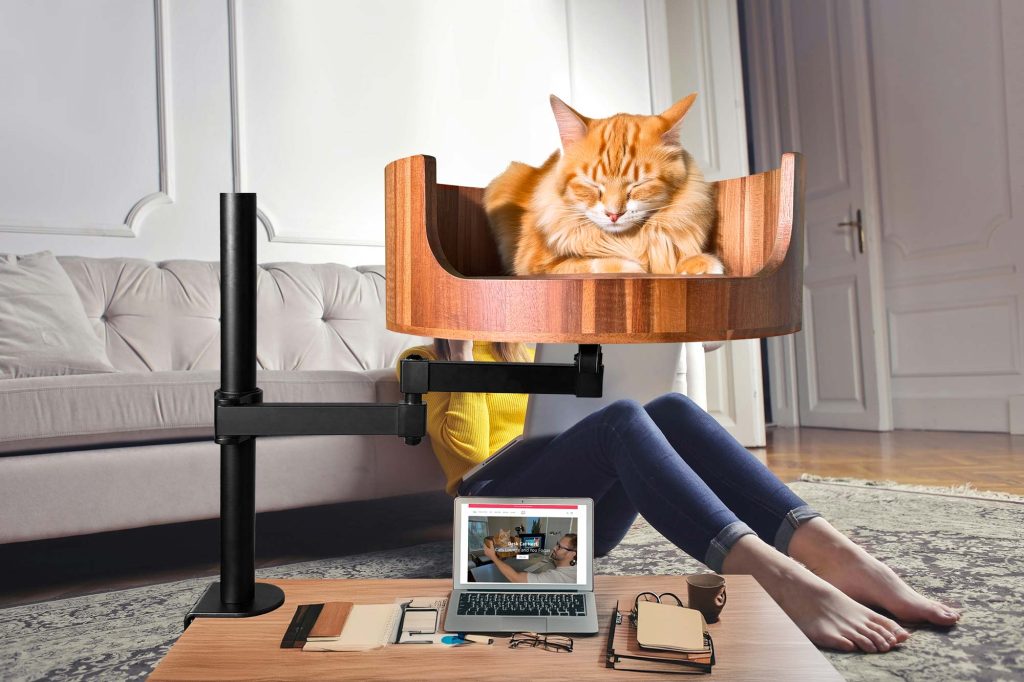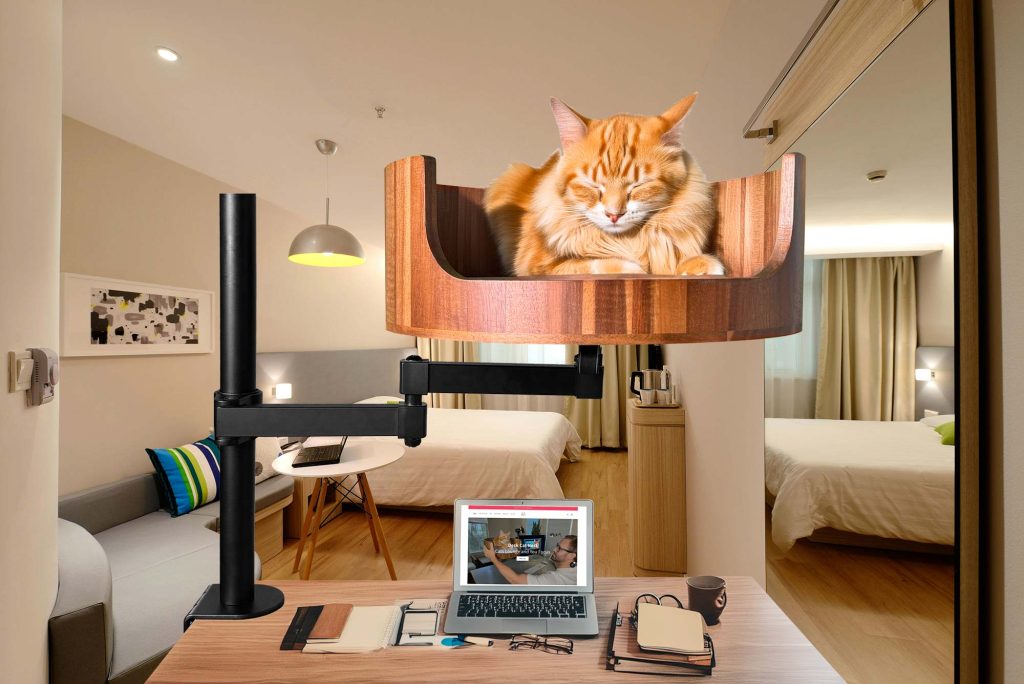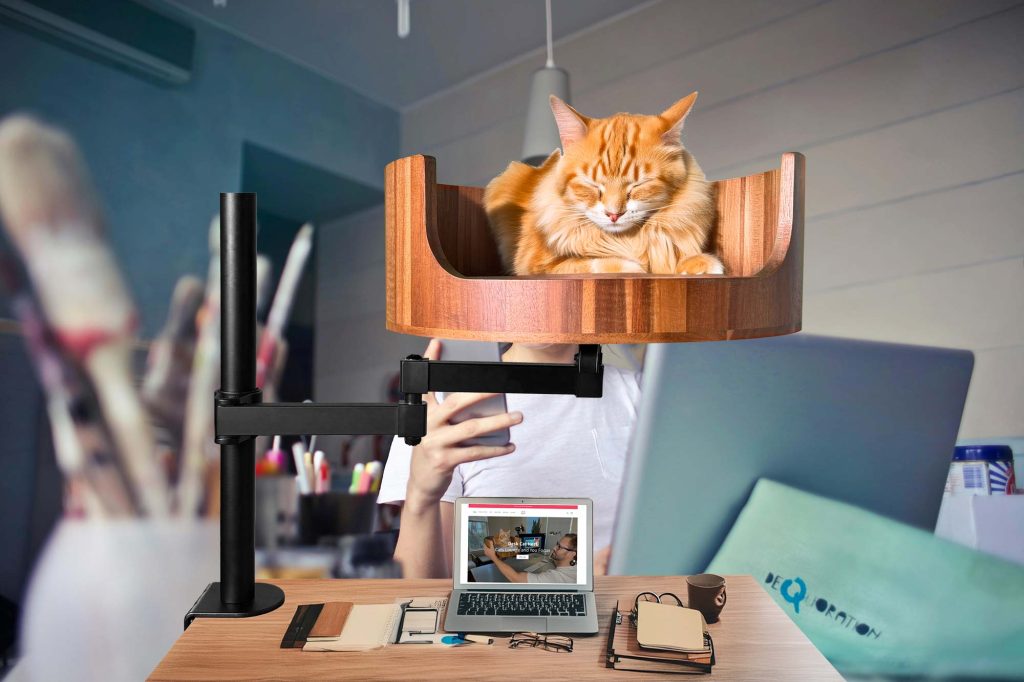Have you ever noticed that your pupil sizes are slightly different from each other? This condition, known as anisocoria, is more common than you might think. In this article, we will delve into the fascinating world of anisocoria, exploring its causes, symptoms, and potential treatments.
Anisocoria can be a result of various factors, such as eye injuries, medication side effects, or neurological conditions. It can also be a normal variation in some individuals without any underlying health issues. Understanding the underlying cause of anisocoria is crucial for proper diagnosis and treatment. Additionally, we will discuss the importance of seeking medical attention if you notice sudden changes in your pupil sizes, as it could be a sign of a serious medical condition. Join us as we unravel the mystery of anisocoria and learn how to properly manage this unique eye condition.
– Anisocoria, or pupils of two different sizes, can be caused by a variety of underlying conditions, including neurological issues, eye injuries, or certain medications.
– It is essential to seek medical attention if you notice a sudden onset of anisocoria, as it could be a sign of a serious health concern.
– Anisocoria can sometimes be benign and not require treatment, but it is crucial to consult with a healthcare professional to determine the cause and appropriate course of action.
– Treatment options for anisocoria vary depending on the underlying cause, ranging from observation to surgical intervention.
– Regular eye exams are important for detecting any changes in pupil size and maintaining overall eye health.
Definition of Anisocoria
Anisocoria is a condition characterized by pupils of two different sizes. This condition can have a variety of causes, including neurological disorders, trauma, medications, or natural variations in pupil size. Anisocoria can occur in both adults and children and can be temporary or chronic in nature. It is important to identify the underlying cause of anisocoria to determine the appropriate treatment plan.
Causes of Anisocoria
Anisocoria can be caused by a wide range of factors, including Horner’s syndrome, Adie’s tonic pupil, cranial nerve palsy, glaucoma, or medications such as eye drops or narcotics. Trauma to the eye or head can also lead to anisocoria. In some cases, anisocoria can be a benign and natural variation, with no underlying medical cause. Proper diagnosis by a healthcare professional is essential to determine the cause of anisocoria and to provide appropriate treatment.
Symptoms and Diagnosis
Symptoms of anisocoria may include uneven pupil sizes, blurred vision, sensitivity to light, or headaches. A healthcare provider can diagnose anisocoria through a physical exam, eye examination, and potentially additional tests such as imaging studies or nerve conduction tests. It is important to seek medical attention promptly if anisocoria is detected, as it can be a symptom of a serious underlying condition.
Treatment Options
Treatment for anisocoria depends on the underlying cause. For benign cases, no treatment may be necessary, and regular monitoring by a healthcare provider may be sufficient. In cases where anisocoria is caused by a medical condition, treatment may involve addressing the underlying issue, such as adjusting medication dosage or surgical intervention. It is essential to follow the guidance of a healthcare professional when determining the appropriate treatment plan for anisocoria.
## Frequently Asked Questions
### What are the sizes available for the Desk Cat Nest for pupils?
The Desk Cat Nest for pupils comes in two different sizes – small and large. The small size is ideal for younger or smaller pupils, while the large size is suitable for older or larger pupils.
### How do I choose the right size for my pupil?
To choose the right size for your pupil, consider their age, height, and comfort preferences. For younger or smaller pupils, the small size may be more suitable, while older or larger pupils may benefit from the large size. It’s important to ensure that the Desk Cat Nest provides proper support and comfort for your pupil while they work at their desk.
### Can the Desk Cat Nest be adjusted to fit different pupil sizes?
While the Desk Cat Nest comes in two different sizes, it is not adjustable to accommodate a wide range of pupil sizes. We recommend selecting the size that best fits your pupil’s needs for optimal comfort and support during desk work.
### Are there any special care instructions for the Desk Cat Nest?
The Desk Cat Nest is made of high-quality materials that are durable and easy to clean. To maintain the Nest, we recommend wiping it down regularly with a damp cloth and mild soap. Avoid using harsh chemicals or abrasive materials that may damage the fabric or structure of the Nest.
### What is the return policy for the Desk Cat Nest?
We offer a 30-day return policy for the Desk Cat Nest. If you are not fully satisfied with your purchase, you can return the Nest within 30 days of purchase for a full refund or exchange. Please refer to our website for more information on our return policy and instructions on how to initiate a return.
In conclusion, the Desk Cat Bed is an excellent choice for pupils of two different sizes as it provides a comfortable and cozy sleeping space for both small and large cats. This versatile bed is designed to accommodate cats of all sizes, allowing them to snuggle up and rest in peace. With its soft and plush material, the Desk Cat Bed provides the ultimate comfort and support for cats of all sizes, ensuring they have a restful night’s sleep. Additionally, the raised design of the bed allows for better air circulation, keeping your furry friends cool and comfortable. Overall, the Desk Cat Bed is a valuable investment for pupils 2 different sizes, offering a cozy and comfortable resting place for their beloved pets.


